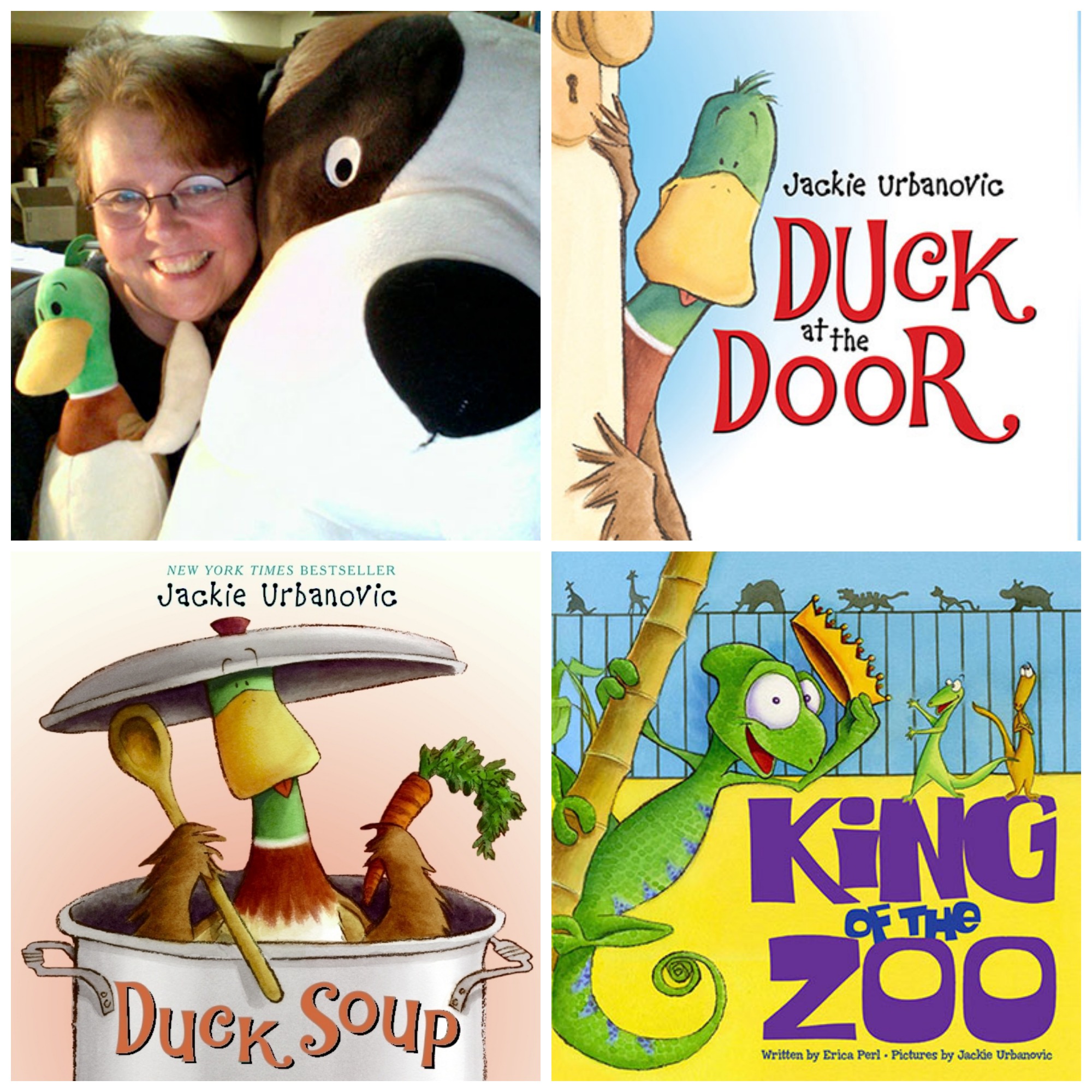“There are no mistakes… there are just experiments.” – Jackie Urbanovic
Jackie Urbanovic, New York Times Bestselling Author and Illustrator offers some powerful messages we can share with children.
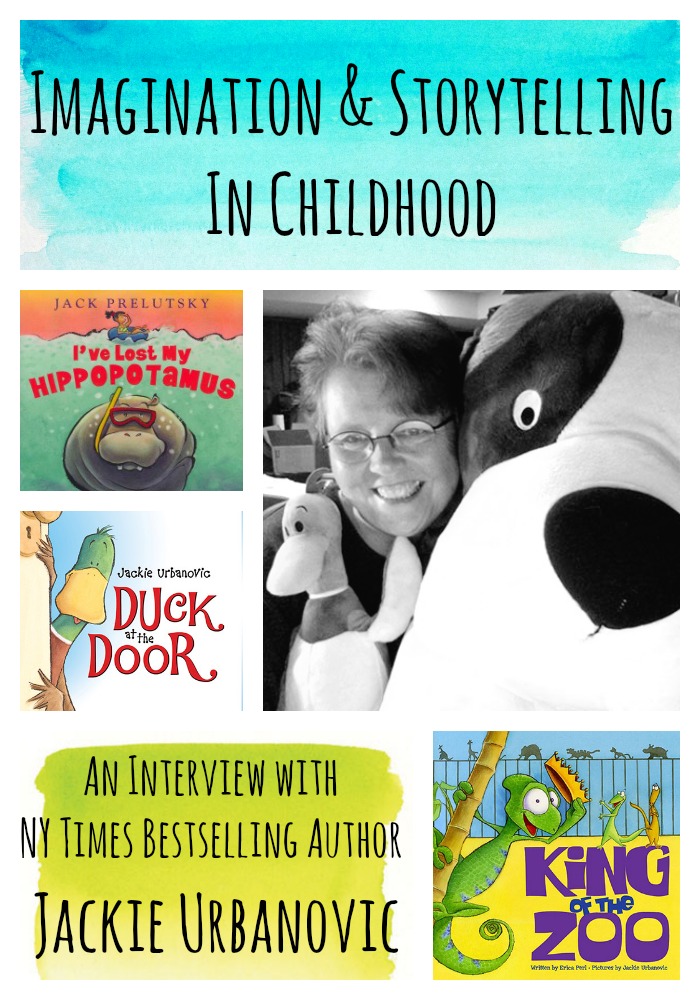
Meet Jackie! You may know her from her popular Duck series:
Jackie writes and illustrates her own children’s books as well as illustrates for other authors.
When I first began to dabble in illustration back in 2011, I discovered that this bestselling author and illustrator lived right in my backyard!
I was lucky enough to meet up with Jackie, have her critique my work and even receive some drawing lessons in her studio. Talk about inspiring!
In this exclusive interview, Jackie shares her ideas on how we can help children develop not only a love of reading, but a passion for storytelling, confidence, perseverance and compassion.
First meet Jackie as she talks about the childhood of a NY Times bestselling author and where she gets her story ideas and inspiration.
Then learn about how Jackie hopes to impact children and her advice to parents:
- How to get kids excited about reading and writing
- Why children need to write and draw their own stories
- The importance of making mistakes and problem solving skills
Besides being an artist myself, I find Jackie’s work and life story inspiring as a mother, teacher and lover of children’s books.
Meet Jackie – Where you always an artist?
“Yes. I always drew. My first memory of drawing is somewhere around 3 years old. I was never a prodigy—I think my early drawings look pretty much like any other child’s drawings.
Although—when I show some of my childhood drawings to elementary age students during my school visits, they think the drawings are amazing. This always surprises me.
I have no idea why I felt so compelled to draw, I was just born with an ongoing desire to make things. My family is full of storytellers, so I know that my desire to tell stories came from them.”
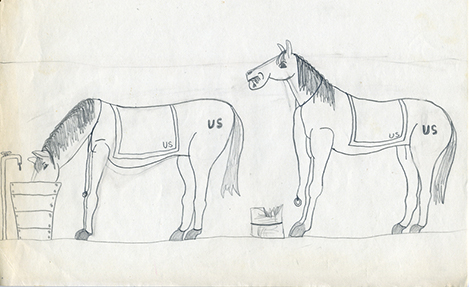
Is being an artist innate? How did you develop your skills?
“I found an art teacher on the internet, Martin Bartel. I was taken with his ideas because he sees drawing as a learned skill rather than a talent someone is born with. This goes against the common myth that only some of us have the talent to draw.
The skill of drawing is in our eyes, our ability to observe, as much as it is in our hands. Many children/people need to be taught how to observe the world around them so that they can put it on paper.
A few figure it out on their own and that makes them stand out from the rest. I guess I was one of those that figured it out on my own.
I clearly remember one day when I was maybe 13. I looked at someone’s head and noticed that the back of it was rounded. ROUNDED. In my drawings I’d always made the backs of people’s heads flat. It was like waking from a dream. It was a revelation that changed all the drawings I did from that point onward. I think of that as an example of learning to observe on my own.”
What role did your family play in your career?
“It also helped that my family saw me as an artist. They were always pleased to have one of my drawings. My Mom critiqued my drawings so I could make them better.
And my parents didn’t try to stop me from becoming a professional artist because it was financially risky. They believed in my passion and thought I should, of course, follow that path. They encouraged me to go to art school and they paid for me to attend.
I feel very lucky and blessed that my entire family encouraged me so much. It was only later in my career that I met people whose parents forbid them from pursuing art because they thought it was a crazy idea. I thought it was normal for your parents to want you to follow your dreams.”
What was your childhood like?
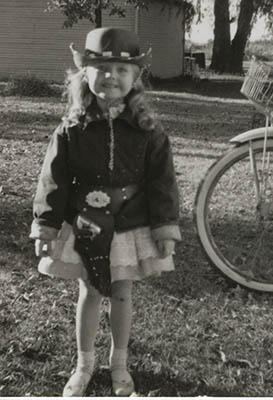
“My childhood…….We lived in a rural area, in a small village of homes that were built on the shores of Lake Erie in Michigan. I was a quiet, shy kid.
I only had a couple of friends who lived within walking or biking distance, so I spent a lot of time playing by myself.
Of course, I drew a lot. I also made up stories and playacted them. A lot of cowboys, gangsters and sometimes family dramas. When I played alone, I acted out all of the parts. I even had shoot outs with myself.
I also swam, read, drew and watched lots of old movies on television with my Mom. She adored the movies from her youth——from the silent films to the films of the 1940’s—and she introduced them to me.
My cousins from Detroit visited regularly. They were my favorite playmates. My Mother’s family were all great oral storytellers and comedians. They loved to laugh and to make others laugh. I think they inspired my desire to tell funny stories.”
Where do you get your ideas? What inspires you?
“Inspiration and story ideas are all around us all of the time. It just takes cultivating another form of observation to notice them. I take note of funny lines people say and write them down. I see an interesting name of a city or street and write it down.
I love to take walks, to explore new places. Exploring gives me ideas. When I’m in bed I sometimes think about stories as a way to amuse myself as I’m falling asleep. That’s how I came up with the idea for my story Duck Soup.
The idea for Duck at the Door and all the Max books came from a conversation about a woman named Irene who really has rescued and adopted bunches of dogs, cats and rabbits. I keep files of all of my ideas so that I can go back to them when I’m ready to make them into a full blown story.”
Jackie also talked about how sometimes she hits roadblocks. She was working on one story for a very long time, that despite many edits and revisions, her agent continued to have lots of questions and concerns about. When she finally set the story aside, another idea just “fell” into her head. This latest story Prince of a Frog will be published by Scholastic spring 2015.
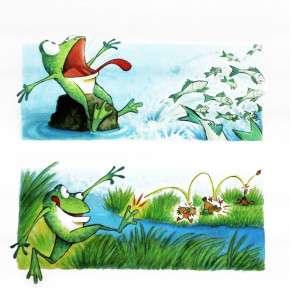
What is your advice for parents?
How can you get kids excited about reading & writing?
1. Read to your child.
“Enjoying stories as a child builds a love of reading in an adult. I’d suggest reading with your children. Let them read to you as well (or paraphrase the story for you, if they are too young to read.) Sharing stories is not only great entertainment, it really brings people close to each other.”
2. “Listen to children when they make up their own stories.”
“Listening and enjoying their stories shows them that all stories are valuable; that they and their ideas are valuable.”
3. “Just let them read.”
“As an author, I hear that parents are pushing their children to read above their level. I say just let them read. Read books under, at and above their level. Introduce them to books and characters but don’t add stress and status to it by making it a competition.”
4. Share your love of reading with your child.
“I remember my Mom telling me about when she was a teenager. She was sitting up in bed at night, reading Dracula. She was absolutely too terrified to sleep and too compelled by the story to stop reading, which made her more scared. She absolutely loved it. Her love of reading impacted me. I saw reading as valuable because she did. And she made me laugh by telling me her stories about it.”
Why is storytelling so important in childhood?
Why do kids need to write and draw their own stories?
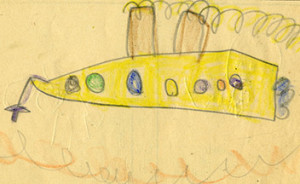
“The reality is that we are all storytellers. Human beings live and breathe stories. It’s how we learn, how we pass on our experiences, how we entertain each other.
And when we’re children, there is so much in our lives that is out of our control. We are small and others are big. Others make the decisions for us. We don’t understand a lot of what is going on with the adults in our lives.
Writing and/or drawing stories is a way to have some control over our experiences. To rewrite, to undo our mistakes. To express our fears and joys. To make each other laugh. What power! What freedom! Anything can happen in your stories.
You can write about your life or take yourself to the moon. And the bonus is that others LIKE to hear them. Storytelling comes naturally to kids. Leading them to writing or drawing those stories opens the world for them, I think. It did for me.”
How do you hope to impact children?
What do you hope people gain from reading your books?
“There are no mistakes… there are just experiments.”
“When I visit schools, I want to make the students laugh, of course. I want them to see that their ideas are valuable. I hope to show them that play and work are not so different from each other.
I want to show them that we each need to make mistakes. NEED to. Artists are like scientists. Where a scientist experiments with chemicals or DNA, artists experiment with ideas, line, color.
There are no mistakes in the negative sense of the word. There are just experiments. And with each experiment we learn something that takes us closer to the solution, whether it’s a new medicine or a great story.
And this ability to use your imagination to solve problems is a life skill we can all use. I hope they are able to take in even one of these things from my visit.”
“We can all benefit from being compassionate and forgiving.”
“If I could, I’d like to pass on the idea that we all benefit from being compassionate and forgiving. I am so pained by the needless cruelty in the world.
Being compassionate is no more difficult than being mean or thoughtless. And the outcomes are so vastly different. I hope someday I can come up with a way to show that compassion is a cool idea.”
Of all your work what are you most proud of?
What books were the most fun?
“I think the answer to both of those questions is the books I’ve both written and illustrated.

I adore creating the entire book, word and pictures both. It’s like working a puzzle to find the answer. It’s a fun problem to solve. I love tweaking the words and pictures to make them come together for a good laugh.”
What’s getting you excited these days?
“I’m reading a lot about the power of story: Joseph Campbell’s writing on Mythologies, Vivian Gussin Paley’s books about her kindergarten students and their stories, Mem Fox’s books about teaching, Jonathan Gottschall’s The Storytelling Animal.
I’m seeing how much story has impacted my life—reading stories, hearing stories, writing and drawing stories. Creating a story is first of all fun. But it also becomes a form of therapy because you re-examine your own life to find more ideas.
I’m writing a story about myself and my father right now. It’s the first time I’m trying to write a serious story and it’s a challenge. I do hope it is published someday, but even if it isn’t, the remembering, the writing, the forgiving involved, is enough.
I am changed by every story I write, whether or not it is ever published.”
Interested in Meeting Jackie?
In addition to being an author and illustrator, Jackie does presentations for libraries, schools and conferences. Want her to come to your school? Visit her website or send her an email.
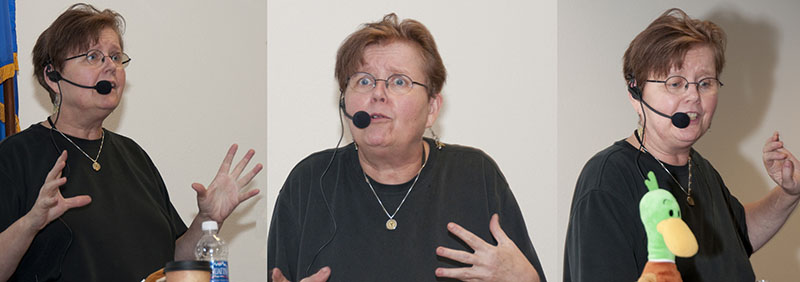
Thank you so much for sharing Jackie! I look forward to reading your new book coming this Spring 2015 – Prince of a Frog
